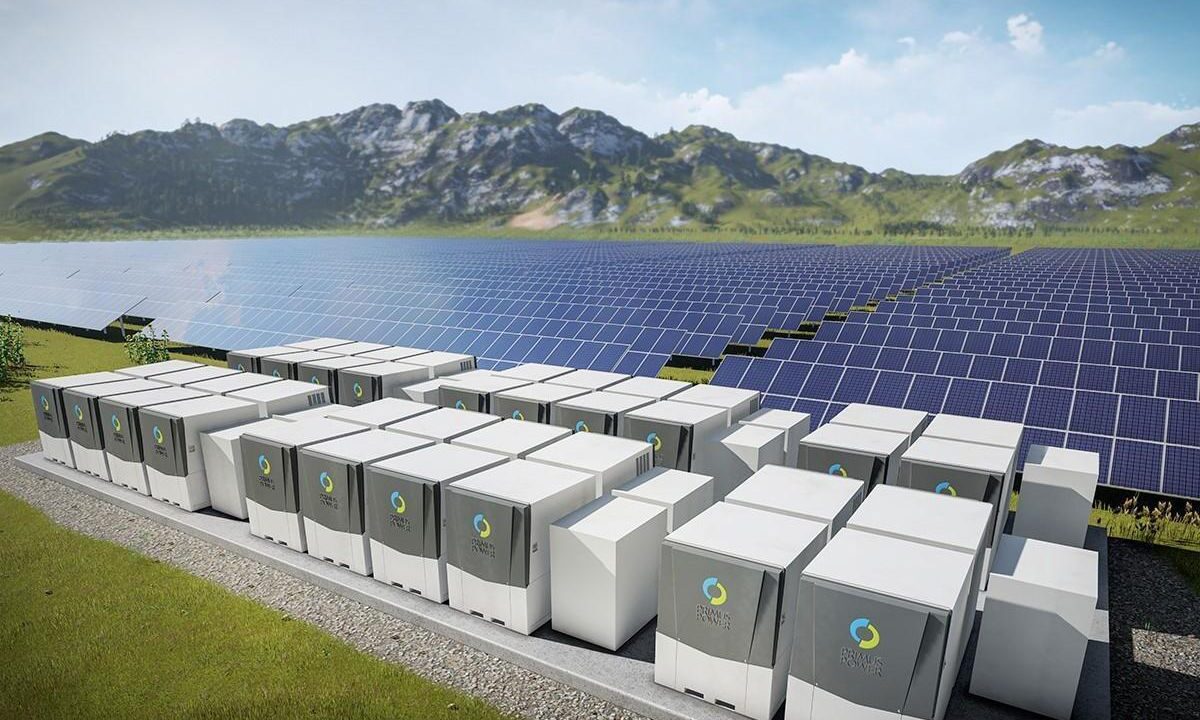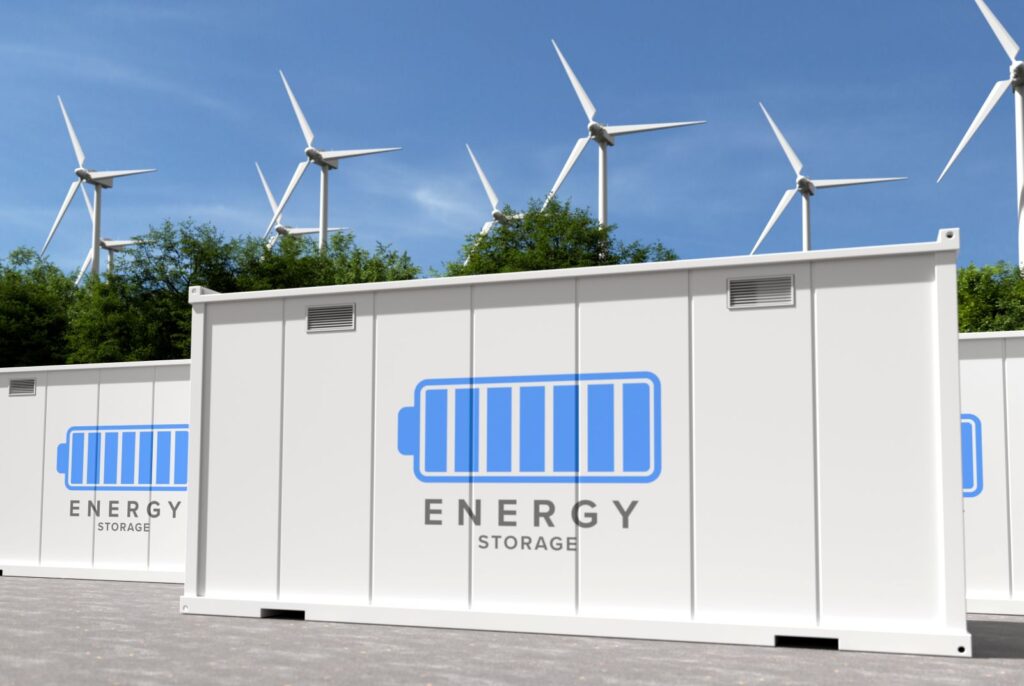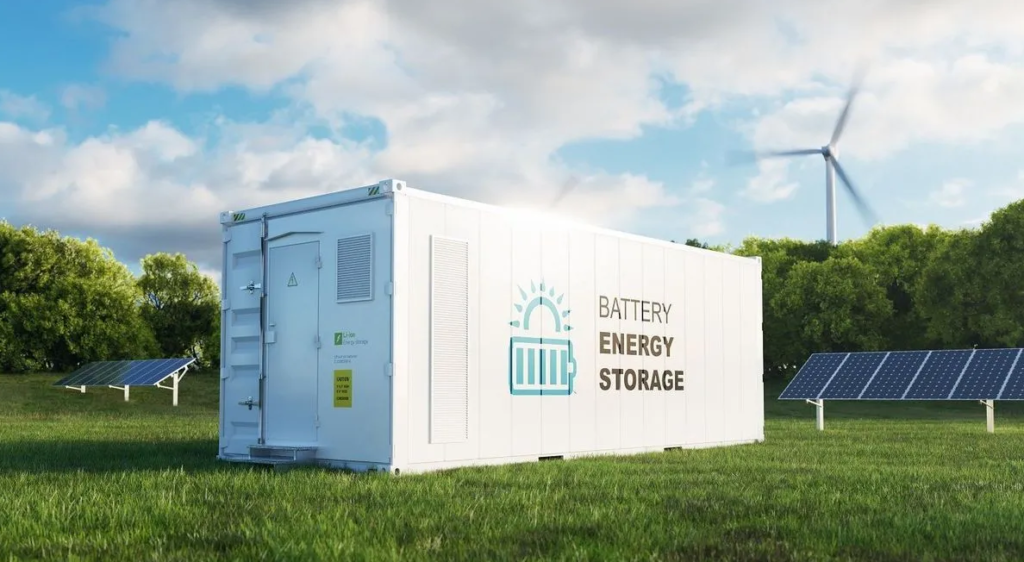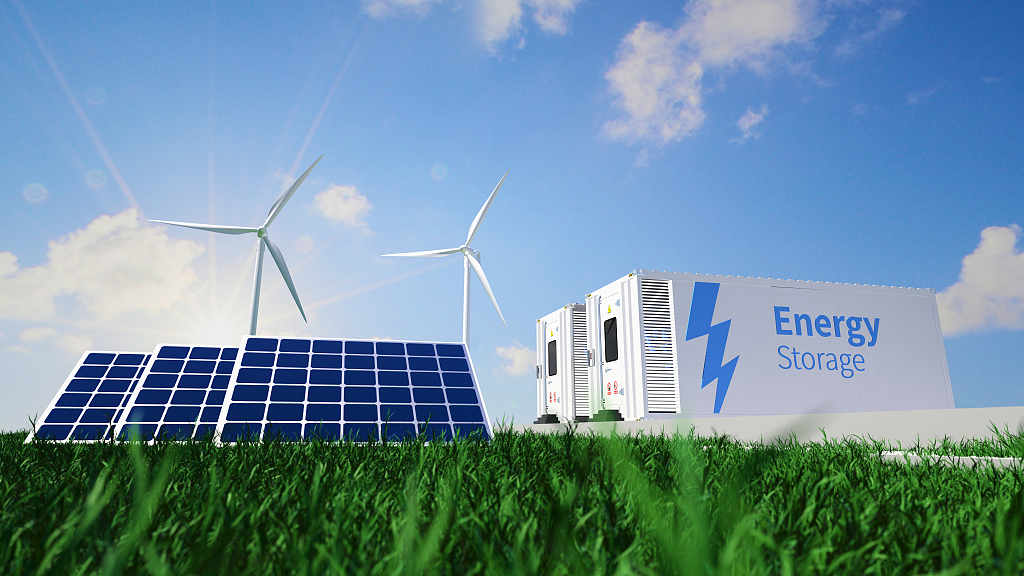As the world increasingly shifts toward renewable energy sources, energy storage technologies are becoming essential for grid stability and sustainability. Two of the most talked-about terms in this space are Energy Storage Systems (ESS) and Battery Storage Systems (BSS). While these terms are often used interchangeably, they are distinct in both functionality and application. Understanding the differences and relationship between ESS and BSS is crucial for anyone interested in energy technologies, sustainable solutions, or the future of renewable energy infrastructure.
Understanding Energy Storage Systems (ESS)
Energy Storage Systems (ESS) are broad technologies designed to store excess energy for later use. These systems are not limited to batteries but encompass various storage methods that can hold energy in different forms. ESS play a vital role in improving energy reliability, balancing supply and demand, and enabling the integration of renewable energy into the grid. The primary function of ESS is to capture surplus electricity when demand is low and release it when demand is high, ensuring a stable and continuous energy supply.
An ESS can utilize several different energy storage technologies, including:
- Mechanical Storage (e.g., pumped hydro storage, flywheels)
- Thermal Storage (e.g., molten salt)
- Chemical Storage (e.g., batteries)
- Electrical Storage (e.g., supercapacitors)
Energy storage systems typically include a combination of components like controllers, inverters, and energy management software to monitor and optimize energy usage. The diversity of energy storage methods makes ESS highly adaptable, catering to a wide range of industrial, commercial, and residential applications.
What are Battery Storage Systems (BSS)?
Battery Storage Systems (BSS), on the other hand, are a subset of ESS, specifically referring to energy storage technologies that rely on batteries to store electrical energy. BSS are based on the principle of converting electrical energy into chemical energy during charging and converting it back to electrical energy when discharging. Batteries used in storage systems are typically lithium-ion, lead-acid, or flow batteries, among others. BSS are primarily used to store electricity generated from renewable sources, such as solar or wind, and release it when needed.
Battery Storage Systems have gained widespread attention due to their:
- Efficiency: High energy density and rapid response times make batteries ideal for managing fluctuations in energy supply and demand.
- Scalability: BSS can be scaled from small residential units to large grid-scale systems.
- Flexibility: Batteries can be used in conjunction with renewable energy sources or as part of a backup power system.
BSS is often employed in applications where quick, reliable, and clean energy delivery is required, such as in solar power storage systems, electric vehicles, and microgrids.
Key Differences Between ESS and BSS
Despite the overlap in their roles, Energy Storage Systems (ESS) and Battery Storage Systems (BSS) differ in several significant ways:
| Feature | Energy Storage Systems (ESS) | Battery Storage Systems (BSS) |
|---|---|---|
| Storage Medium | Multiple types (mechanical, thermal, chemical, electrical) | Primarily chemical (batteries such as lithium-ion, lead-acid, flow) |
| Applications | Wide range of applications, including grid balancing, load shifting, and renewable energy integration | Mainly used for storing electricity from renewable energy or for backup power |
| Technology | Includes batteries but also other storage technologies like pumped hydro, flywheels, and thermal storage | Focuses exclusively on battery-based technologies |
| Scale | Can vary from small residential to large utility-scale systems | Primarily small to medium scale, though large-scale BSS also exist |
| Cost | Typically more expensive due to diverse technologies and larger setups | More cost-effective for specific applications, especially at smaller scales |
| Efficiency | Efficiency varies depending on the technology used | High efficiency with rapid response times, especially in lithium-ion batteries |
| Flexibility | High due to multiple types of energy storage methods | Lower flexibility, as it focuses on specific battery types |
Relationship Between ESS and BSS
The relationship between Energy Storage Systems (ESS) and Battery Storage Systems (BSS) can be compared to that of a category and a subset. While all Battery Storage Systems fall under the broader umbrella of Energy Storage Systems, ESS encompasses a wider range of technologies beyond batteries. In essence, BSS is a specific type of ESS, utilizing batteries as the medium for energy storage.
Furthermore, BSS can be considered a primary example of ESS in residential and commercial applications. For example, when you hear about a home or business installing a solar-powered battery storage system, this is essentially a Battery Storage System (BSS) within a broader Energy Storage System (ESS) framework.
In practice, many ESS systems combine multiple forms of energy storage. For example, a large-scale ESS might integrate battery storage with pumped hydro storage to provide both quick-response backup power and long-duration storage. Thus, while Battery Storage Systems are designed to offer rapid, short-term power, Energy Storage Systems can provide more comprehensive solutions for grid stability and energy management.
Applications of Energy Storage Systems (ESS) and Battery Storage Systems (BSS)
The growing demand for renewable energy solutions has highlighted the critical role that both Energy Storage Systems (ESS) and Battery Storage Systems (BSS) play in modern energy grids. Some key applications include:
- Grid Balancing and Stabilization: ESS are used to store excess energy during periods of low demand and release it during peak demand, ensuring grid stability. BSS, being one of the most efficient types of ESS, is commonly used in this application.
- Renewable Energy Integration: Both ESS and BSS are crucial for storing energy produced by renewable sources like solar and wind, which are intermittent. While ESS can store energy in multiple forms, BSS offers the advantage of being a quick-response solution.
- Backup Power: Battery Storage Systems are used in residential, commercial, and industrial settings to provide backup power during outages. This is particularly beneficial in areas prone to power interruptions or natural disasters.
- Microgrids and Off-Grid Solutions: BSS can support decentralized energy systems, known as microgrids, which operate independently of the central grid. These systems often rely on renewable energy and require ESS to ensure reliability.
- Electric Vehicles (EVs): BSS is commonly used in electric vehicle batteries, enabling the transportation sector to transition towards sustainable energy solutions.
Future Trends in ESS and BSS
The future of Energy Storage Systems and Battery Storage Systems is promising, driven by advancements in technology, declining costs, and increased environmental awareness. Some key trends to watch include:
- Improved Efficiency: As battery technologies improve, we can expect to see even more efficient Battery Storage Systems (BSS) that can store more energy and discharge it faster.
- Hybrid Systems: Future ESS will likely combine different forms of energy storage, such as combining battery storage with pumped hydro or thermal storage, to optimize performance for specific applications.
- Long-duration Storage: The need for long-duration storage solutions is rising as renewable energy integration increases. Companies are investing in new technologies that could allow ESS to store energy for longer periods, which would further reduce reliance on fossil fuels.
- Decentralized Energy: With more individuals and communities opting for self-sufficiency, the use of Battery Storage Systems (BSS) in residential solar energy systems will grow. BSS will play a central role in making decentralized energy solutions more viable.
FAQs About Energy Storage Systems (ESS) and Battery Storage Systems (BSS)
What is the main difference between ESS and BSS?
The main difference is that Energy Storage Systems (ESS) refer to a variety of technologies that store energy, while Battery Storage Systems (BSS) are a specific type of ESS that uses batteries for energy storage.
Are Battery Storage Systems (BSS) a part of Energy Storage Systems (ESS)?
Yes, BSS is a subset of ESS. All Battery Storage Systems are types of Energy Storage Systems, but not all ESS are BSS.
How does a Battery Storage System work?
A Battery Storage System works by converting electrical energy into chemical energy during the charging process and converting it back into electrical energy during discharge when it’s needed.
What are the main applications of Energy Storage Systems (ESS)?
ESS are used for grid balancing, renewable energy integration, backup power, microgrids, and off-grid solutions.
What are the benefits of using Battery Storage Systems (BSS)?
BSS provides rapid response times, high efficiency, and the ability to store energy from renewable sources, making them ideal for residential and commercial energy solutions.
Can ESS and BSS help with renewable energy integration?
Yes, both ESS and BSS are essential for integrating renewable energy by storing excess energy generated by sources like wind and solar for later use.
Conclusion
While Energy Storage Systems (ESS) and **Battery Storage
Systems (BSS)** are closely related, understanding their differences and unique roles in the energy ecosystem is crucial. ESS represents a broad spectrum of technologies designed to store energy in multiple forms, while BSS refers specifically to storage systems that rely on batteries. Both are critical to the transition to sustainable energy, ensuring energy availability, improving grid reliability, and enabling renewable energy integration.
Author Profile
Latest entries
 Knowledge2025-01-08Perovskite Solar Cells: A Revolutionary Technology for the Future of Solar Energy
Knowledge2025-01-08Perovskite Solar Cells: A Revolutionary Technology for the Future of Solar Energy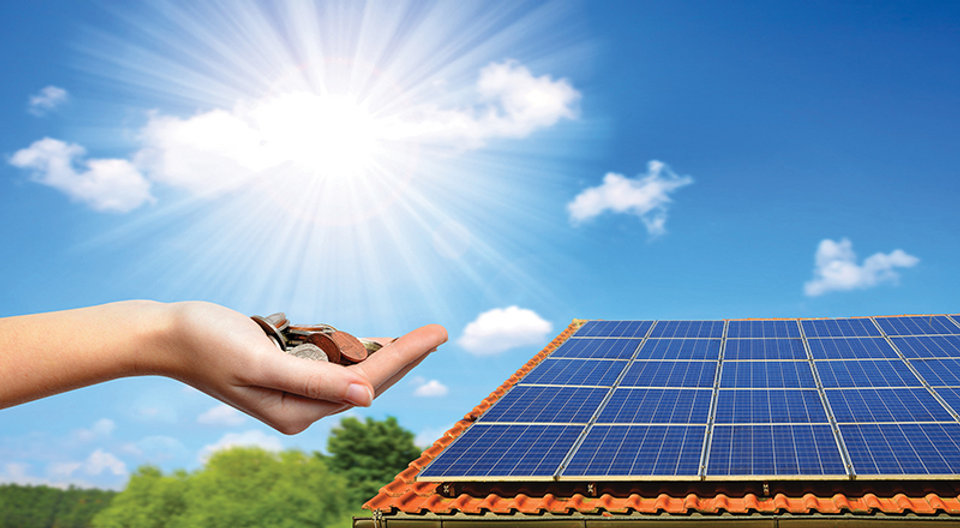 Knowledge2025-01-08The Moore’s Law of Solar Power: How Economies of Scale Drive Solar Energy Costs Down
Knowledge2025-01-08The Moore’s Law of Solar Power: How Economies of Scale Drive Solar Energy Costs Down Event2025-01-062025 World Battery & Energy Storage Industry Expo (WBE) – Join the Global Energy Revolution
Event2025-01-062025 World Battery & Energy Storage Industry Expo (WBE) – Join the Global Energy Revolution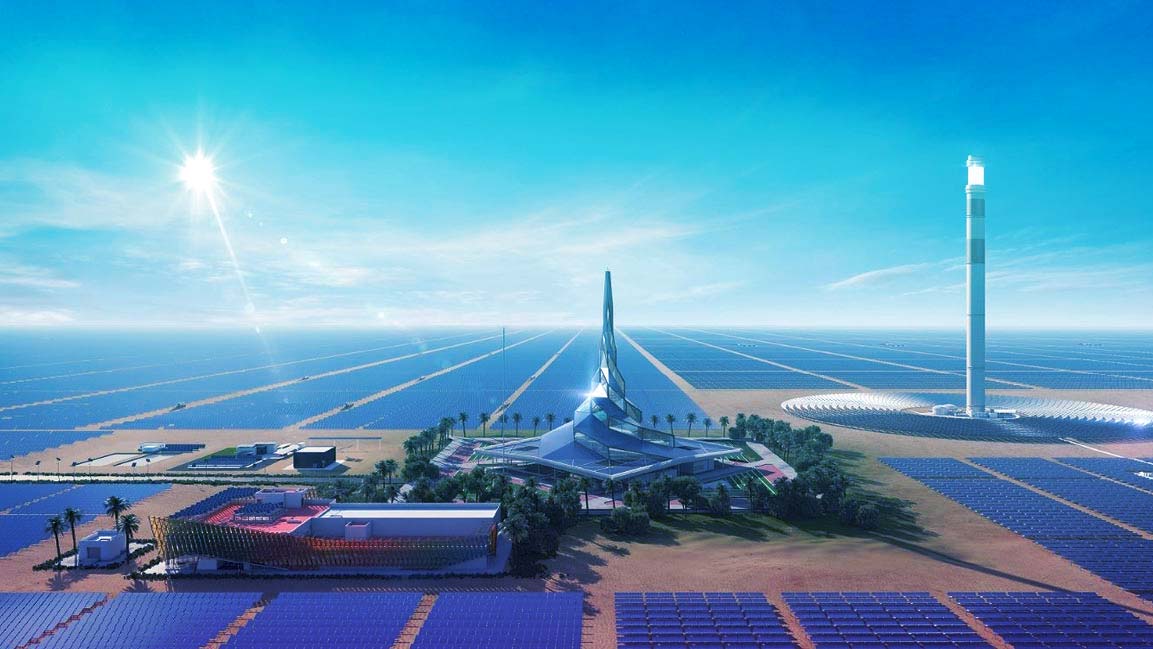 News2025-01-05Saudi Arabia’s Trillion Push for Clean Energy: China’s Role in the Transformation
News2025-01-05Saudi Arabia’s Trillion Push for Clean Energy: China’s Role in the Transformation















